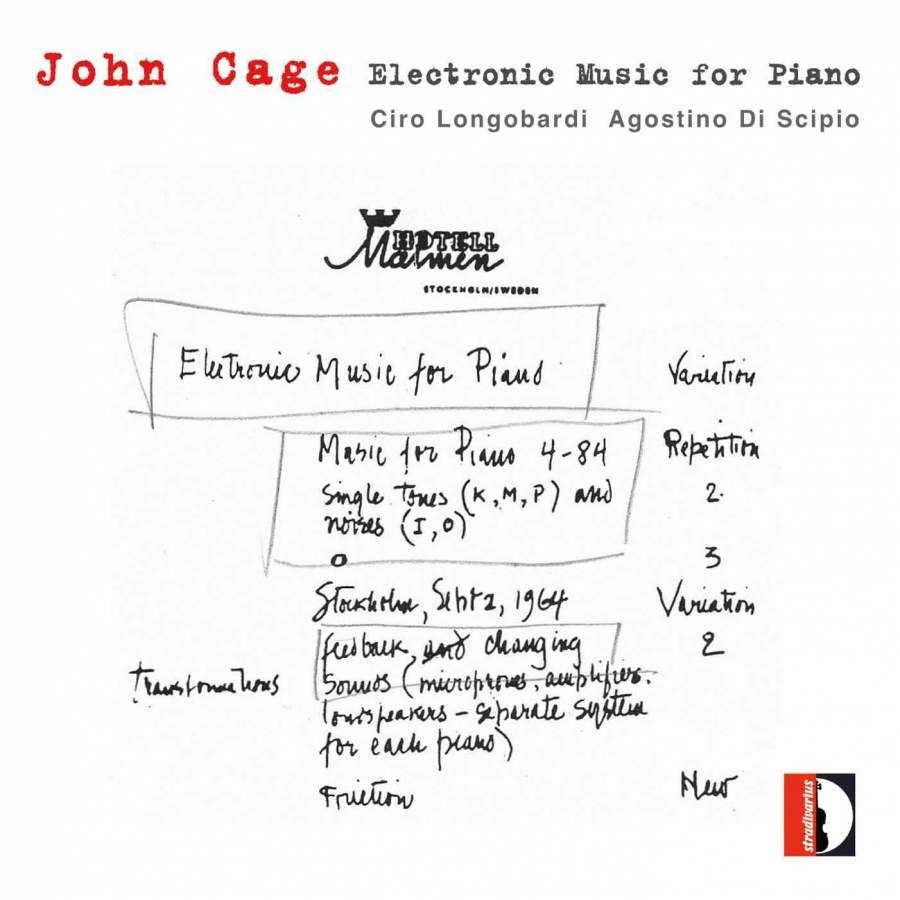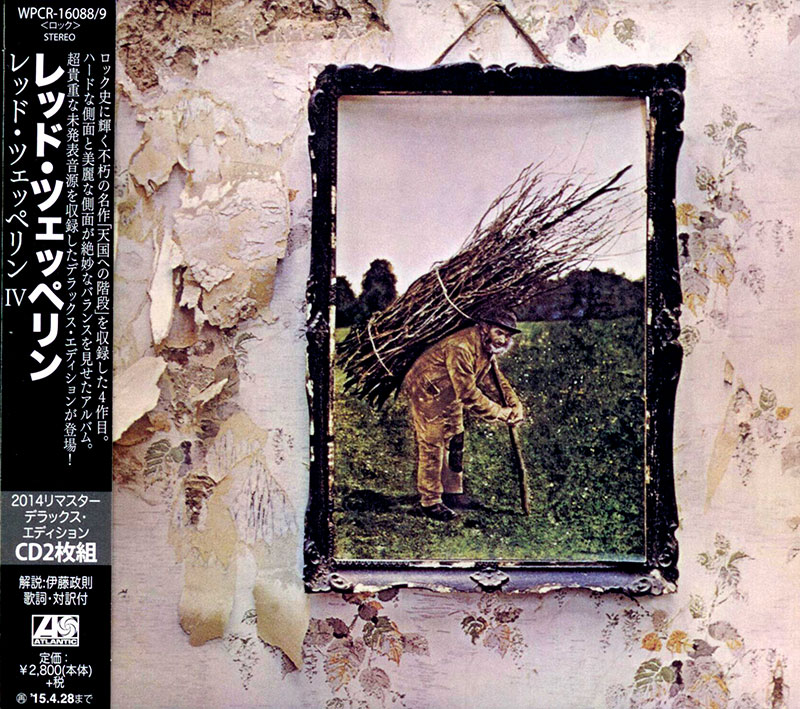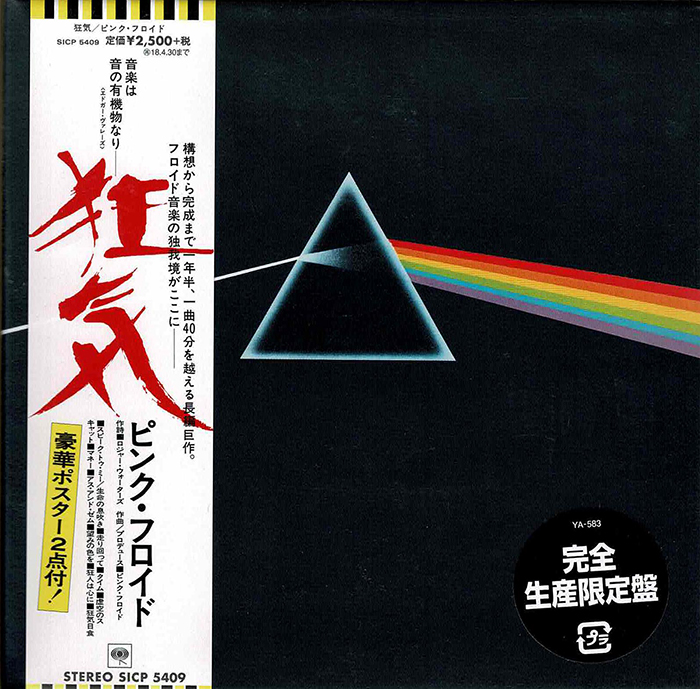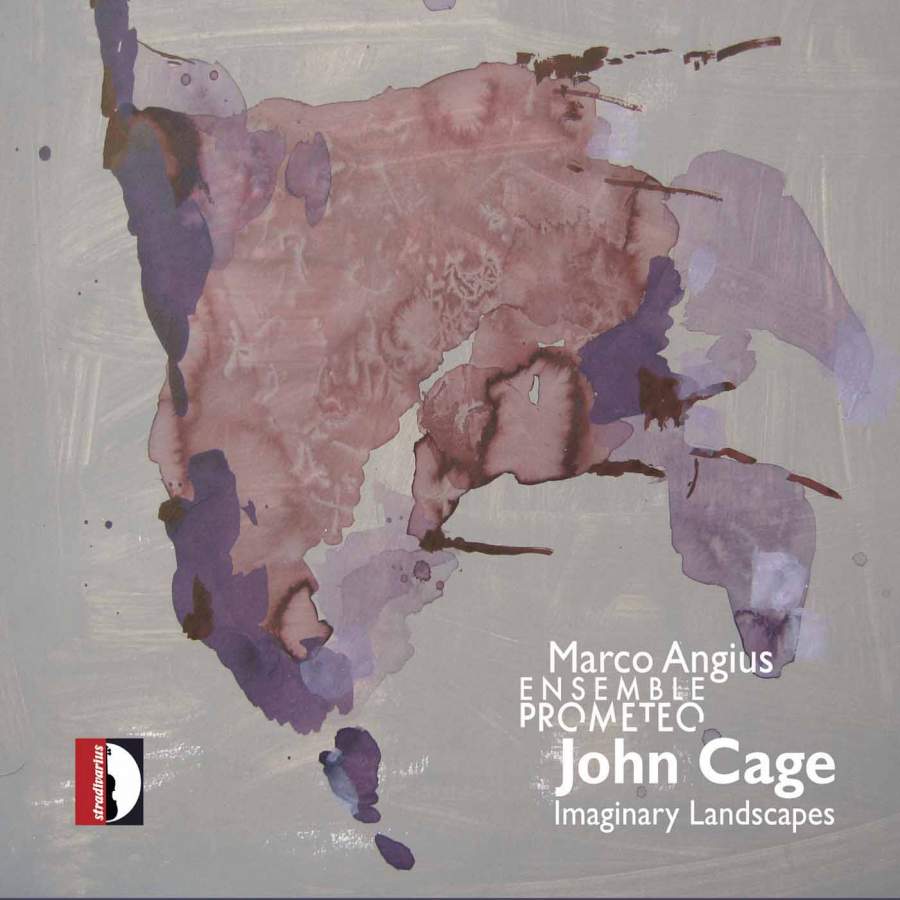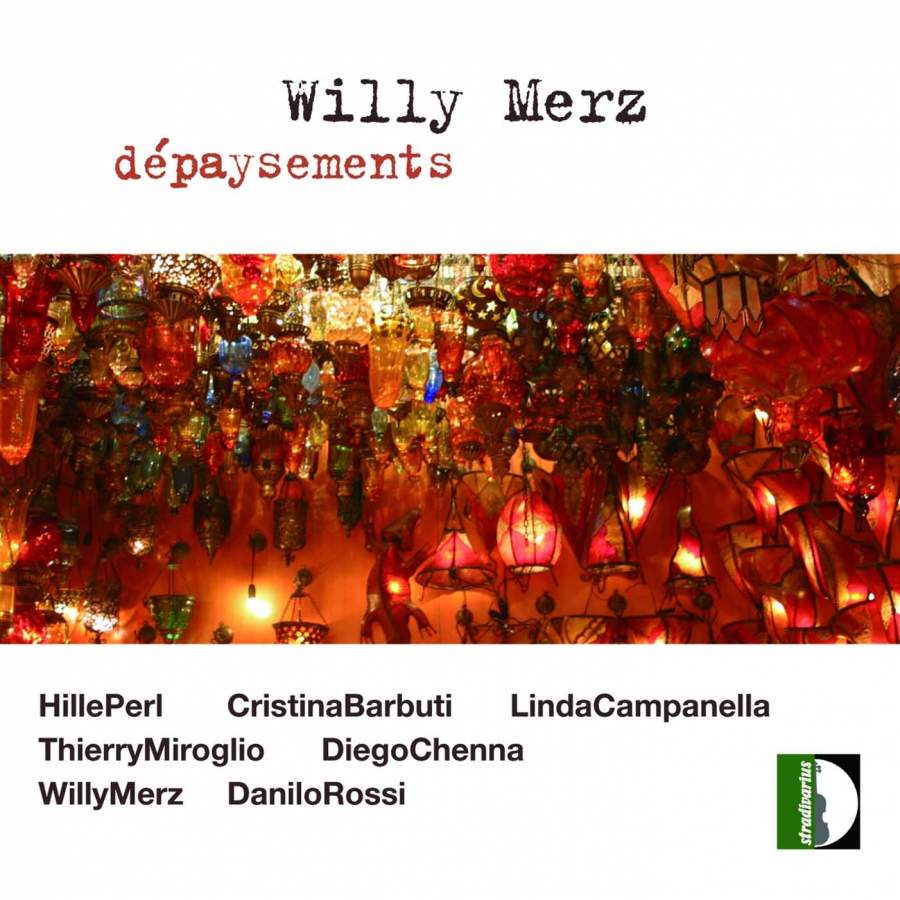Logowanie
Dlaczego wszystkjie inne nie brzmią tak jak te?
Chai Lang, Fan Tao, Broadcasting Chinese Orchestra
Illusive Butterfly
Butterly - motyl - to sekret i tajemnica muzyki chińskiej.
SpeakersCorner - OSTATNIE!!!!
RAVEL, DEBUSSY, Paul Paray, Detroit Symphony Orchestra
Prelude a l'Apres-midi d'un faune / Petite Suite / Valses nobles et sentimentales / Le Tombeau de Couperin
Samozapłon gwarantowany - Himalaje sztuki audiofilskiej
PROKOFIEV, Stanislaw Skrowaczewski, Minneapolis Symphony Orchestra
Romeo and Juliet
Stanisław Skrowaczewski,
✟ 22-02-2017
BARTOK, Antal Dorati, Philharmonia Hungarica
Dance Suite / Two Portraits / Two Excerpts From 'Mikrokosmos'
Samozapłon gwarantowany - Himalaje sztuki audiofilskiej
ENESCU, LISZT, Antal Dorati, The London Symphony Orchestra
Two Roumanian Rhapsodies / Hungarian Rhapsody Nos. 2 & 3
Samozapłon gwarantowany - Himalaje sztuki audiofilskiej
Winylowy niezbędnik
ClearAudio
Cartridge Alignment Gauge - uniwersalny przyrząd do ustawiania geometrii wkładki i ramienia
Jedyny na rynku, tak wszechstronny i właściwy do każdego typu gramofonu!
ClearAudio
Harmo-nicer - nie tylko mata gramofonowa
Najlepsze rozwiązania leżą tuż obok
IDEALNA MATA ANTYPOŚLIZGOWA I ANTYWIBRACYJNA.
Wzorcowe
Carmen Gomes
Celebrating the art and spirit of music - vol. 5 - Reference Songs
- CHCECIE TO WIERZCIE, CHCECIE - NIE WIERZCIE, ALE TO NIE JEST ZŁUDZENIE!!!
Petra Rosa, Eddie C.
Celebrating the art and spirit of music - vol. 3 - Pure
warm sophisticated voice...
SAMPLER - STS DIGITAL, Gregor Hamilton
Celebrating the art and spirit of music - vol. 2 - Love songs from Gregor Hamilton
...jak opanować serca bicie?...
SAMPLER - STS DIGITAL
Celebrating the art and spirit of music - vol. 1 - Leonardo Amuedo
Największy romans sopranu z głębokim basem... wiosennym
Lils Mackintosh
Celebrating the art and spirit of music - vol. 4 - A Tribute to Billie Holiday
Uczennica godna swej Mistrzyni
CAGE, Ciro Longobardi, Agostino Di Scipio
Electronic Music for Piano
- Ciro Longobardi - piano
- Agostino Di Scipio - synthesizer
- CAGE
Longobardi and Di Scipio are boldly interventionist, organizing their version into seven sequences … the world they create is exquisitely beautiful; a delicate dance of beguiling pianissimos,... — The Strad, March/April 2013 From the liner notes by Ciro Longobardi: “A hotel letterhead paper, filled with enigmatic handwritten instructions – first to be deciphered, then interpreted – before a David Tudor performance in Stockholm. That’s how the “score” of Electronic Music for Piano (1964) appears, half a rebus, half a cryptic message. Yet, at a close reading, we soon get to know about the basic piano materials, consisting of the pre-existent series of pieces entitled Music for Piano 4-84 (1953-56). At that time, Cage was searching for a “fast” procedure of composing, which could help him in particular circumstances, without completely replacing I Ching chance operations. In those pieces, all written for Merce Cunningham, the composer exploited the imperfections of paper sheets in order to graphically fix and notate pitch and noise events in the score. It is worth briefly reminding the particular procedure (Cage wrote about it in an article first appeared in 1957, To Describe the Process of Composition Used in Music for Piano 21- 52). First, a master-page is made including four musical systems each with two staves (with enough upper and lower room for leger lines) and an additional staff in-between for the notation of noises to be made inside or outside the piano. On another transparent sheet of paper, the imperfections are penciled, in a number determined by I Ching tosses. Then, this transparent sheet is placed upon the master-page and the penciled marks are inked either on the staves, on the leger lines or by the noise middle line. Further chance operations determine the clefs and sound features (whether the note should be natural, sharp or flat, whether it should be performed on the keyboard, muted or plucked”). Each piece is numbered and included in a series of sixteen (except number 20 and numbers 1, 2, 3 and 85, these latter being outside the range 4-84 to be used here). Accordingly, there are 81 pieces available, which can be performed as separate pieces or in a sequence, with or without intermission, by one or more pianists - therefore even overlapped.
























